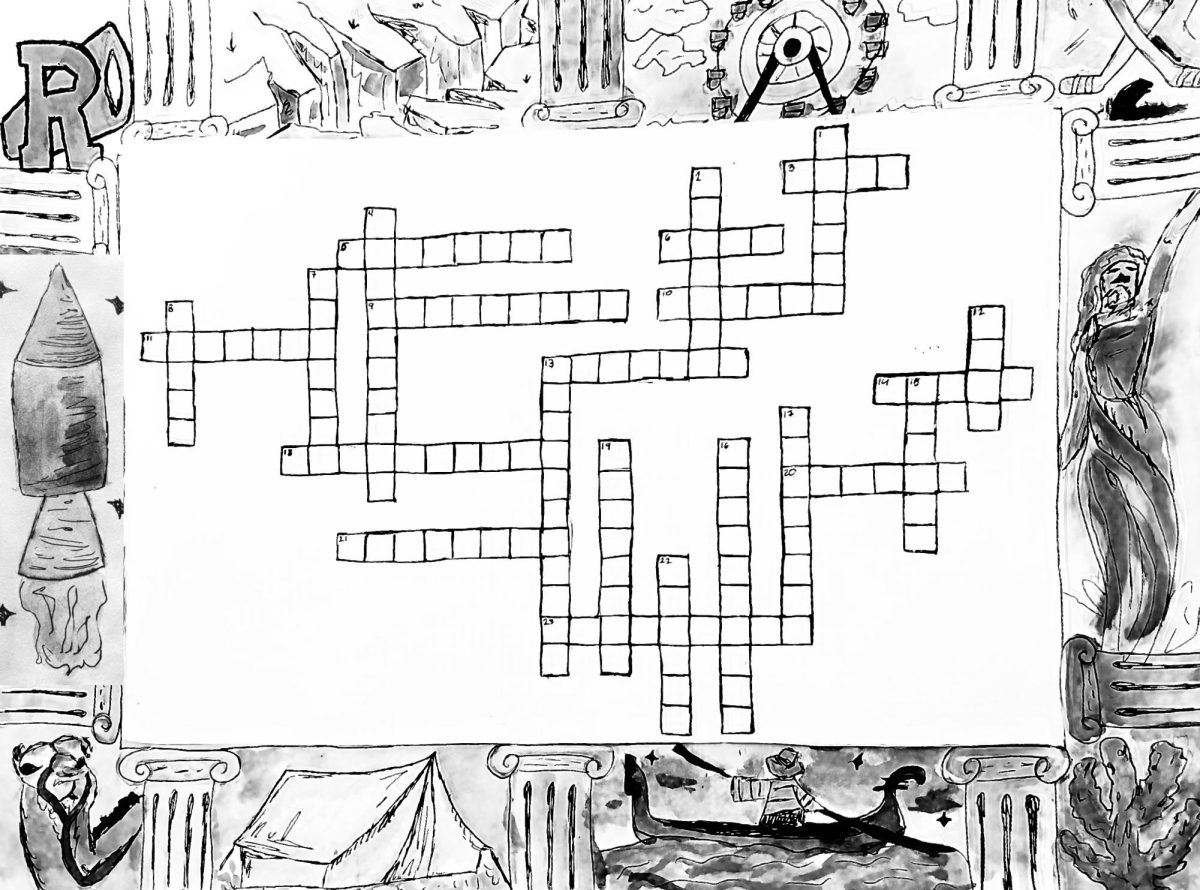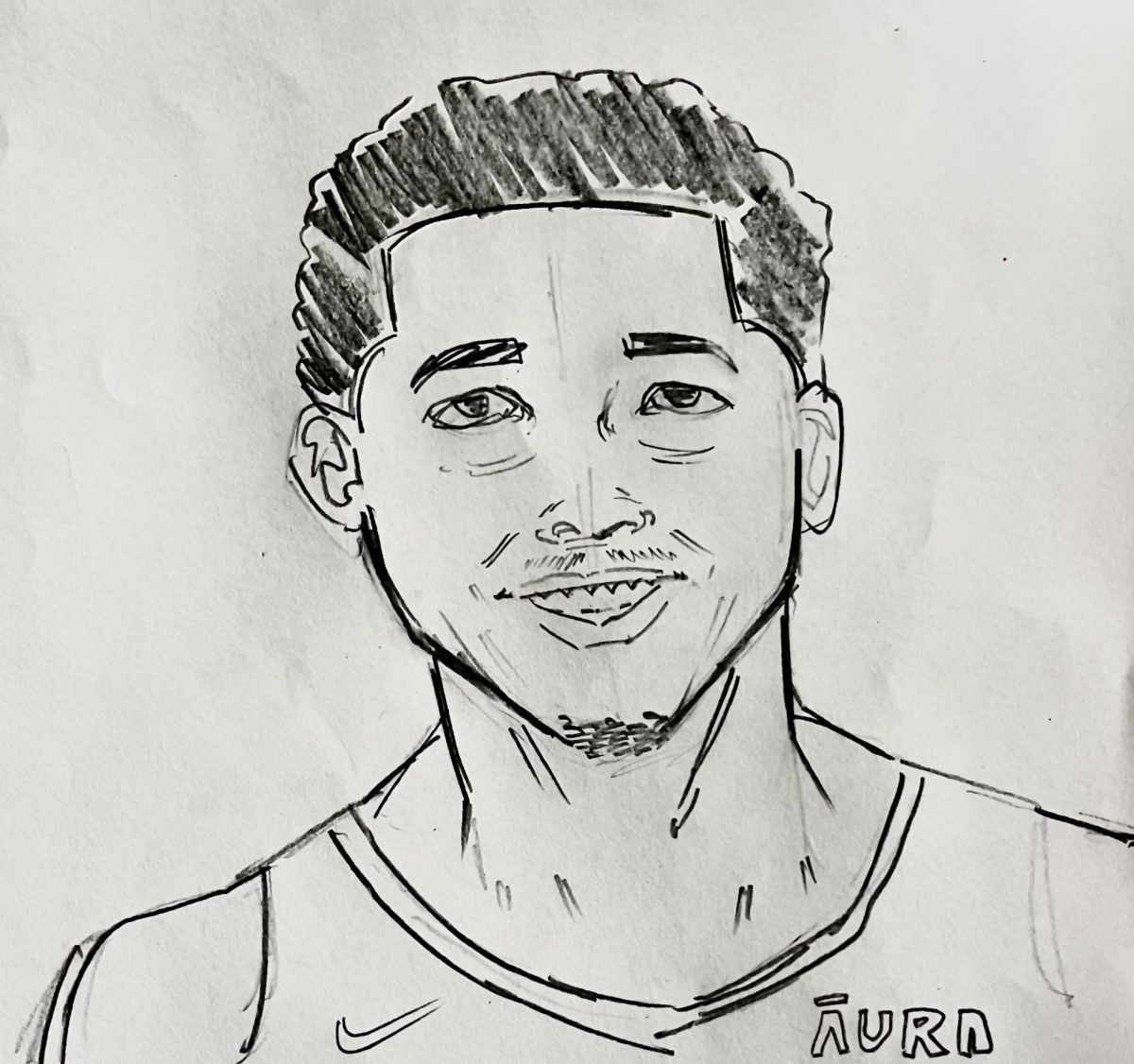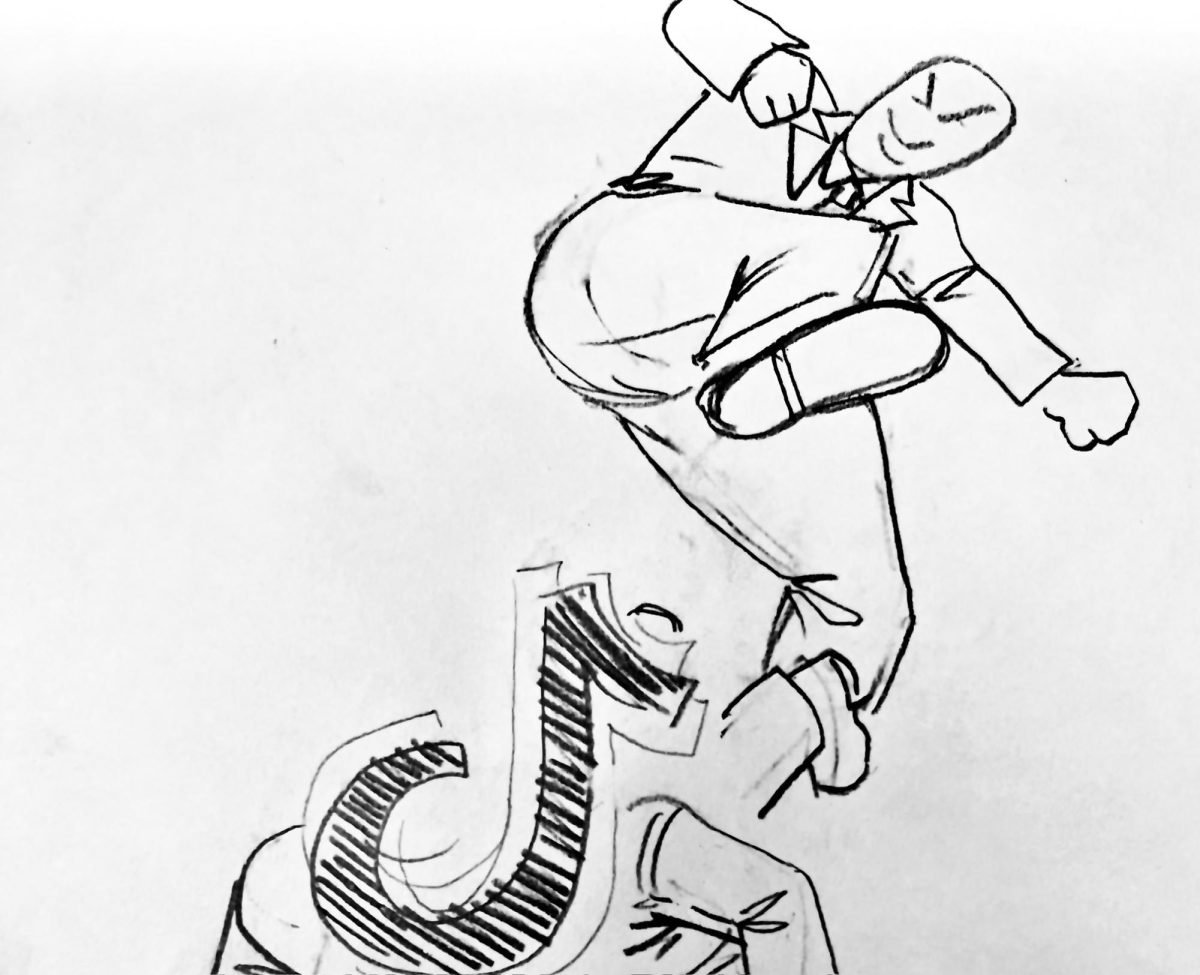Former Venice art teacher, Betty Edwards, transformed the world of art education with her internationally famous book, Drawing on the Right Side of the Brain.
In 1979, Dr. Betty Edwards was an art teacher at Venice High School. Her students and their growth in their ability to draw inspired her to write a book that provides exercises focused on drawing what one actually sees versus what one thinks that they see.
Many art teachers around her believed that artistic ability was a natural talent and that it wasn’t a taught skill.
Edwards, however, disagreed and gave herself the task to teach her students how to draw well despite their natural ability.
Over her five years at Venice High, she struggled to find a way to teach her students to draw. She found that one day her students would draw incredibly well, and the next their ability was not the same.
This puzzled her to no end and she searched for a way to teach them effectively. This led her to Roger Sperry, whose work was proving that thinking is done differently on two sides of the brain.
The left brain sees things analytically and the right brain does it visually and perceptually. This discovery gave her the idea that drawing is not as much a natural talent as it is unlocking a part of your brain.
“It changed the way I regarded art and the right brain,” says Edwards. “It was a life changing connection.”
With this discovery in mind, Edwards had her students copy Picasso paintings upside down, forcing them to draw exactly as they see instead of what they think they see. She found that their work came back consistently well done.
Art classes in colleges and public schools quickly adopted Edwards theory about drawing and used her book in their teachings.
“I took a class at Palomar Junior College and it was the textbook for the class,” says Venice art teacher Christopher Wright. “It was revolutionary.”
This book has completely changed the way I look at art and my own artistic ability.
I find it inspiring that the book that changed my attitude towards drawing was inspired by students just like me years ago when Edwards taught at Venice.
“Students should learn to draw not to become artists, but to improve thinking,” she says.










